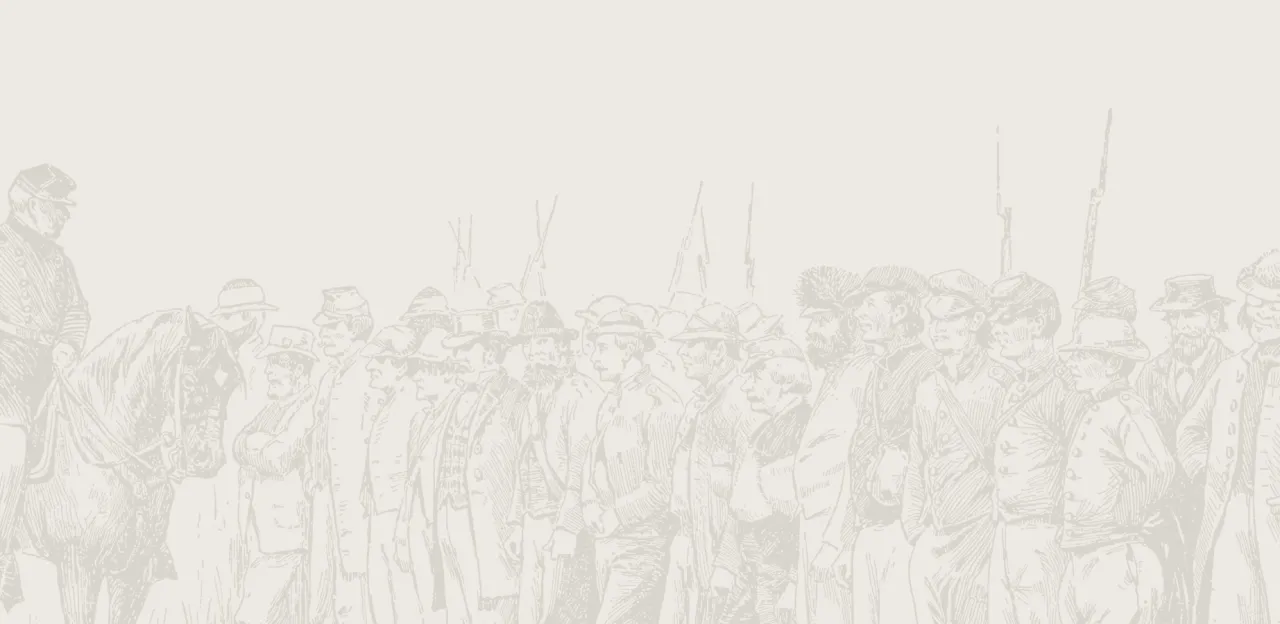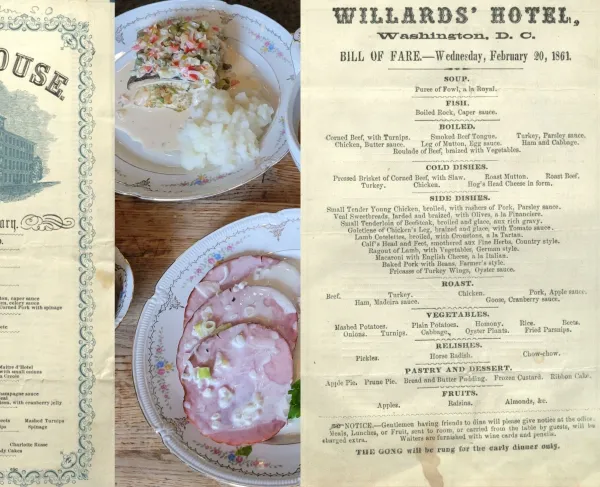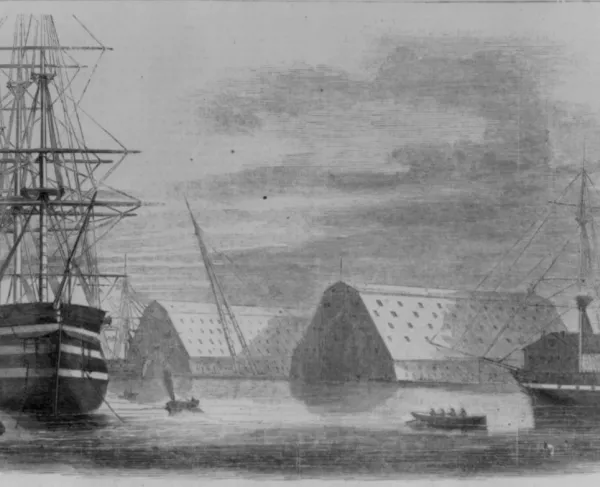New Hope Church

The Battle of New Hope Church
After the battles of Rocky Face Ridge and Resaca, and skirmishes at Adairsville and Cassville, Gen. Joseph E. Johnston pulled his army back across the Etowah River toward Allatoona during the night of May 19-20, 1864. Observing Johnston’s position, Sherman gave his troops a few days' rest before ordering a movement on May 23. Sherman had visited the area as a junior officer in the prewar army and was aware that the position taken by Johnston's army in Allatoona Pass was a strong one. Rather than attack Johnston directly, Sherman directed his army group to the southwest toward Dallas, behind Pumpkin Vine Creek and just 30 miles from Atlanta. The crossroads there could help gather his forces and facilitate further movements against the Confederates. All six Union infantry corps and cavalry crossed the Etowah west of Cartersville and south of Kingston the night of May 23-24.
Almost as soon as the Federals started moving, Johnston knew they would not attack him at Allatoona, and were heading toward Dallas. He ordered Lieut. Gen. William J. Hardee’s and Lieut. Gen. Leonidas Polk’s corps to start marching there, but kept Lieut. Gen. John B. Hood at Allatoona for a day to make sure all the Yankees had left. Hood marched to join the rest of the army on May 24 and took position on the right of the Confederate line at the crossroads hamlet of New Hope Church. There, the Confederates dug in or built log and rock parapets. In the church cemetery, Brig. Gen. Marcellus Stovall’s Georgia brigade, not wanting to dig in among the graves, was content to use the tombstones for protection.
The Yankees in Maj. Gen. George Thomas’ Army of the Cumberland were the first to arrive. Sherman ordered an attack that afternoon by Maj. Gen. Joseph Hooker’s three divisions: Brig. Gen. Alpheus Williams on the right, Brig. Gen. Daniel Butterfield on the left, and Brig. Gen. John W. Geary in reserve. Each division attacked in a column formation, presenting one brigade at a time to the Rebels. The Federals trudged through a mile of woods and underbrush, then had to clamber down a wide ravine (which they called the "Hell Hole") before climbing up to charge the Rebels on the high ground beyond.
The Confederate line was held by Maj. Gen. Alexander P. Stewart's division of Hood's corps. Though outnumbered, the Southerners had little difficulty in repelling Hooker's attack. Confederate artillery placed in the clearings near the church was particularly deadly. Sixteen cannon were engaged, supervised by Hood's chief of artillery, Col. Robert Beckham. Union General Williams attested to the Rebel gunner’s effectiveness: "they poured into us canister and shrapnel from all directions except the rear." At one point Stewart even declined Johnston’s offer to send reinforcements. "My own troops will hold the position," he answered.
They did. The Union assault, begun around 5:00 p.m., was thrown back and the fighting was ended two hours later. The Southerners cheered over their smart little defensive victory, which cost them between 300 and 400 men. Hooker's corps lost over 1,600 men, 300 of which were captured. The next day both sides fortified their lines. Skirmishing and artillery fire occurred throughout the day. Sherman planned another attack for May 27 on the Confederate right and Johnston prepared to meet it.


